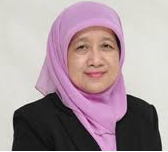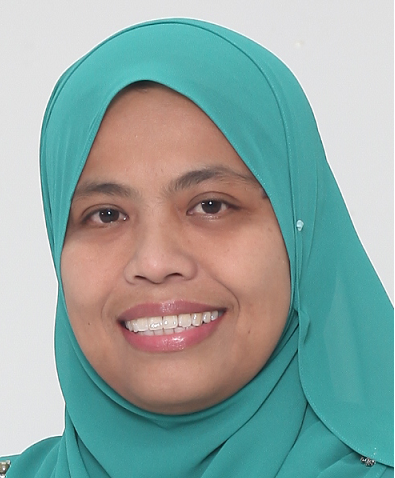INVITED SPEAKERS
PROF. DR. GUO-CHENG WU Google Scholar
Seminar:
Discrete fractional calculus with applications
Abstract
Workshop 1: A concept of fractional difference equations
Abstract
Mittag-Leffler stability analysis of fractional discrete--time neural networks via fixed point technique
Abstract
PROF. DR. ROSLINDA MOHD. NAZAR
School of Mathematical Sciences
Faculty of Science and Technology
Universiti Kebangsaan Malaysia
Google Scholar
Seminar: Numerical Solutions and Stability Analysis of Boundary Layer Flow and Heat Transfer in Several Non-Newtonian Fluids
Abstract In several industries, the knowledge and understanding the behaviour of the non–Newtonian fluid and its manner towards the fluid flow and heat transfer process is essential. Hence, in this study, several boundary layer flow and heat transfer problems over stretching/shrinking surface in various non–Newtonian fluids are considered, namely the special third grade fluid, the viscoelastic fluid, the Powell-Eyring fluid, the Oldroyd-B fluid, and the Jeffrey fluid. The fluid flow within the vicinity of the stagnation-point towards a permeable stretching/shrinking surface that is positioned horizontally and vertically is studied. Other physical effects such as thermal radiation, heat generation/absorption, and mixed convection are also highlighted. Mathematical models which comprise of the system of nonlinear partial differential equations are reduced to the system of nonlinear ordinary differential equations by using the similarity transformations. The MATLAB boundary value problem solver bvp4c is used to solve each system of nonlinear ordinary differential equations numerically to obtain the values for the local skin friction coefficient, the local Nusselt number, besides to produce the velocity and temperature profiles. These physical quantities are used to describe the fluid flow behaviour and heat transfer within the region of the stagnation-point, and they are given in the form of graphs and tables. Further, dual solutions are observable for a certain range of the stretching/shrinking parameter and the mixed convection parameter. An outcome from the stability analysis proved that the upper branch solution is stable while the lower branch solution is unstable.
PROF. DR. ZANARIAH ABDUL MAJID Google Scholar
Seminar: Solving Directly Boundary Value Problems For Second Order Delay Differential Equations
Abstract
ASSOC. PROF. DR. NOR ASILAH WATI ABDUL HAMID Google Scholar
Seminar: Parallel Programming Models for Compute-Intensive Problems in Multi-core Environment
Abstract
DR. ALI AHMADIAN Google Scholar
Seminar: Introduction to Fractional Calculus: Theory and Applications
Abstract
Workshop: Introduction to programming with MATLAB
Abstract MATLAB has several advantages over other methods or languages:
Its basic data element is the matrix. A simple integer is considered a matrix of one row and one column. Several mathematical operations that work on arrays or matrices are built-in to the Matlab environment. For example, cross products, dot-products, determinants, inverse matrices.
Vectorized operations. Adding two arrays together needs only one command, instead of a for or while loop.
The graphical output is optimized for interaction. You can plot your data very easily, and then change colors, sizes, scales, etc, by using the graphical interactive tools.
Matlab’s functionality can be greatly expanded by the addition of toolboxes. These are sets of specific functions that provided more specialized functionality. Ex: Excel link allows data to be written in a format recognized by Excel, Statistics Toolbox allows more specialized statistical manipulation of data (Anova, Basic Fits, etc)
In this workshop we aim to briefly introduce how we write our codes in this programming environment with important operations that are very useful for postgraduate and undergraduate students.
ASSOC. PROF. RAHIDZAB TALIB AKARI Software Asia Pacific Sdn Bhd
Workshop: Introduction to Maple Application Programming
Abstract In this workshop, participants will be introduced to the different ways of using Maple to
solve mathematical problems. Participants will also be briefed on the packages available to
solve wide range of mathematical problems. Maple's capability of creating interactive
document and application will also be part of the exercise in this workshop.






